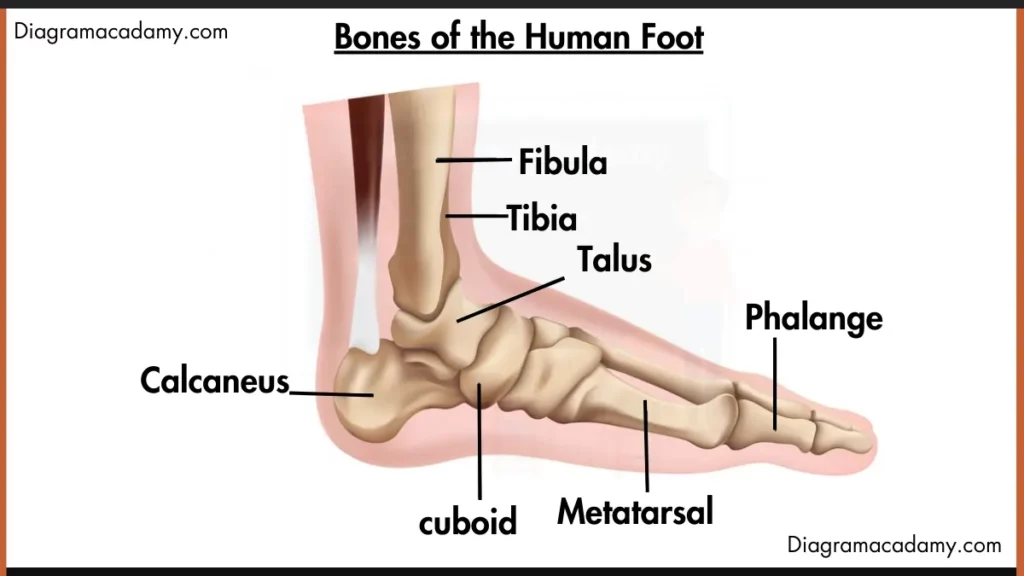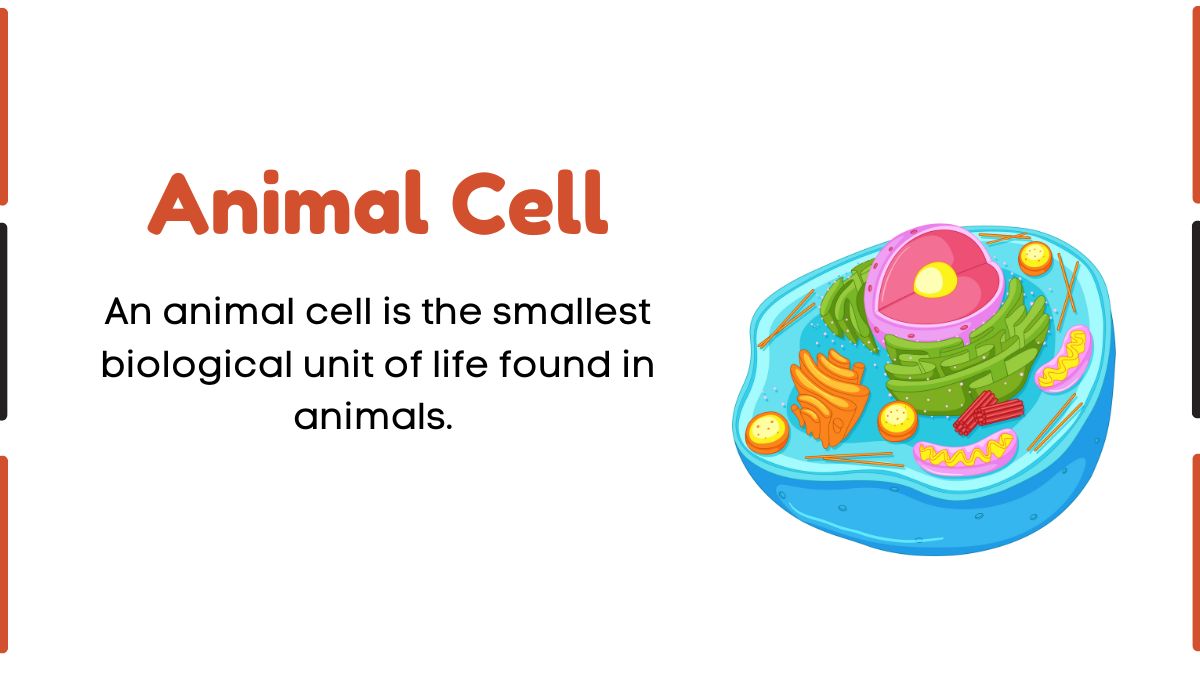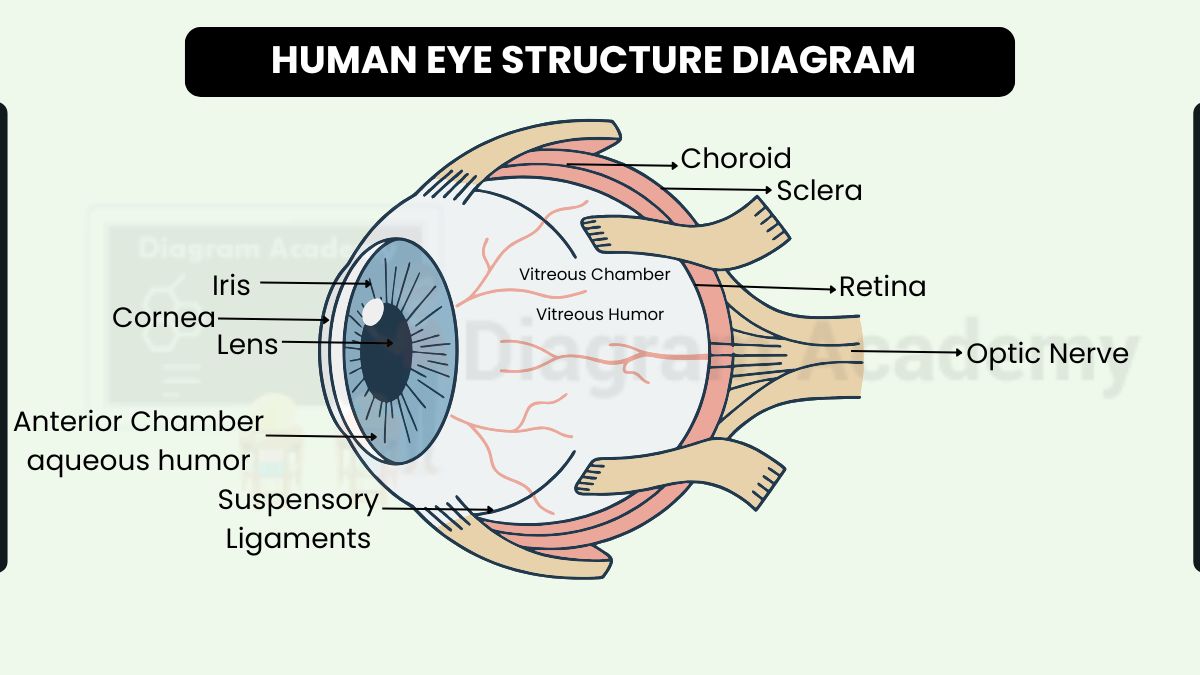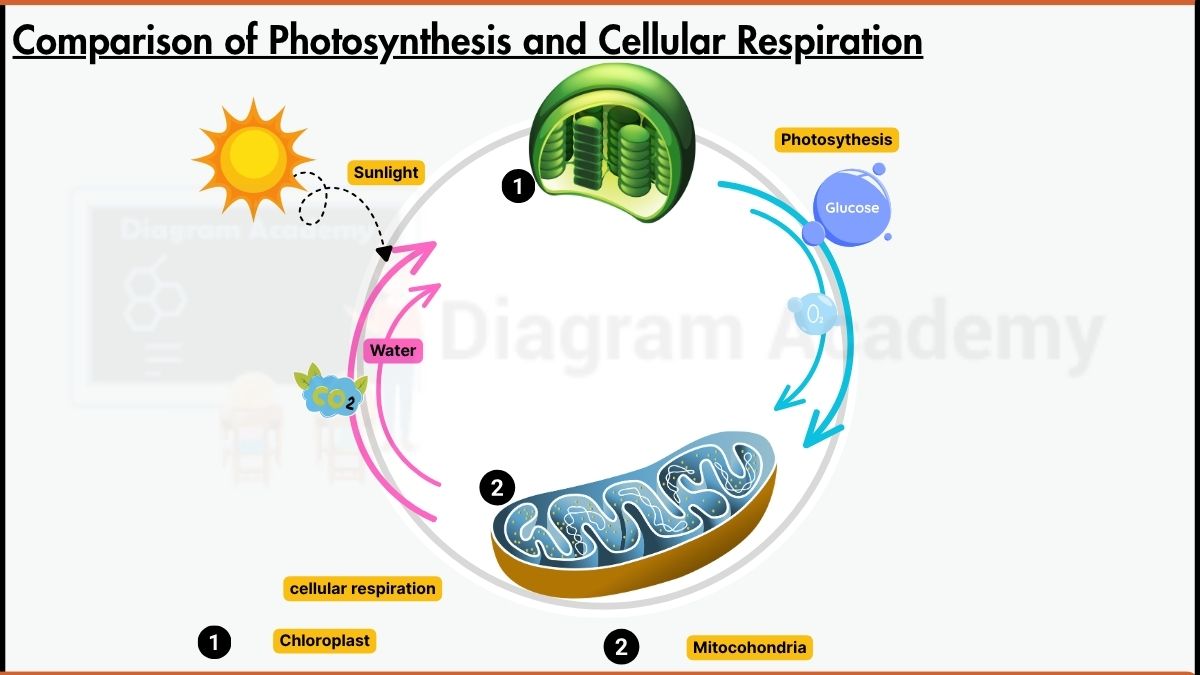Human Foot Anatomy

Human Foot Bones Explanation
Following bones are present in human Foot:
Tarsal bones (7)
- Calcaneus (heel bone) is Largest bone in the foot, forms the foundation.
- Talus (ankle bone) is Connects the leg bones (tibia and fibula) to the rest of the foot bones, allowing for ankle movement.
- Navicular bone is boat-shaped bone. It connects the talus to the cuneiforms.
Cuneiforms (3)
- Medial, intermediate, and lateral Form the arch of the foot and connect the navicular to the metatarsals.
- Cuboid bone Connects the calcaneus to the metatarsals and aids in ankle movement.
Metatarsal bones (5)
These long bones form the midfoot and forefoot. They connect the tarsals to the toes.
Phalanges (14)
These bones form the toes. Each toe (except the big toe) has three phalanges (proximal, middle, and distal), while the big toe only has two.






